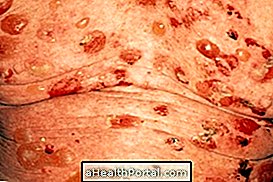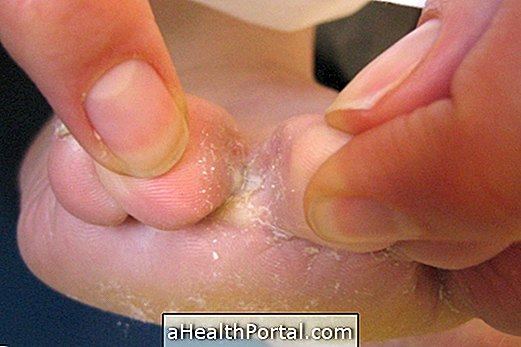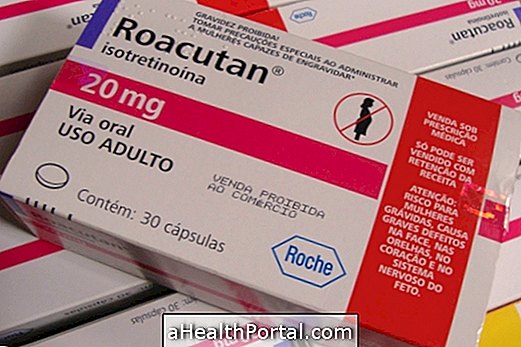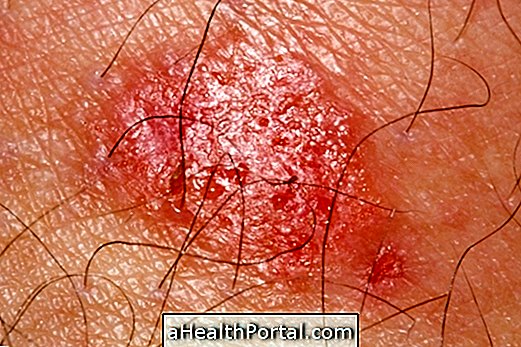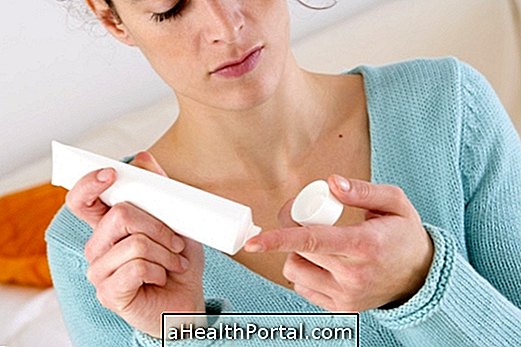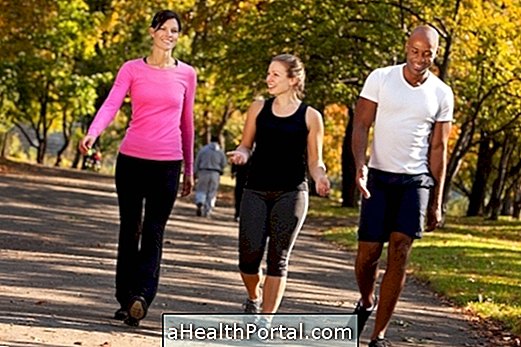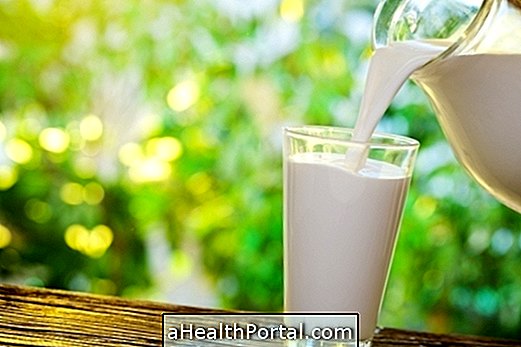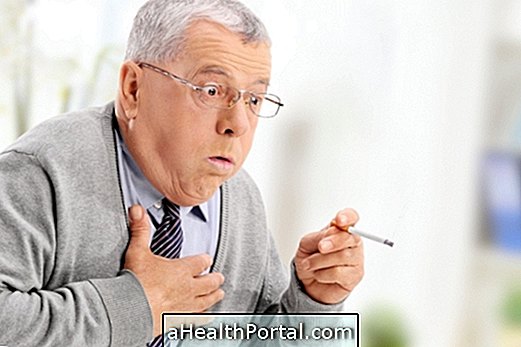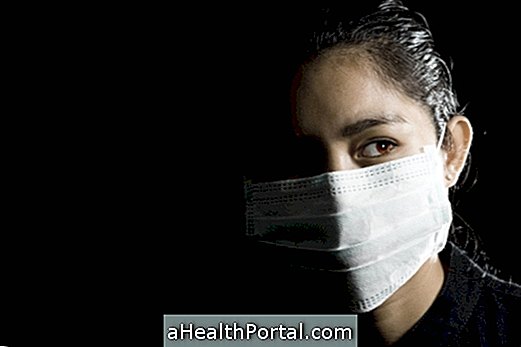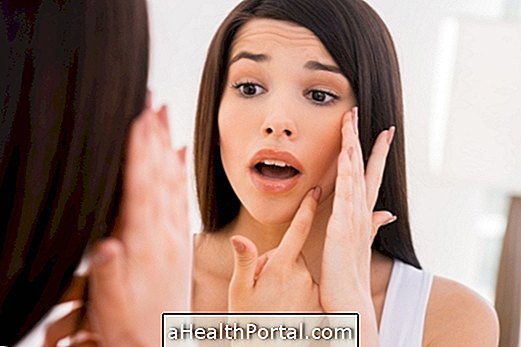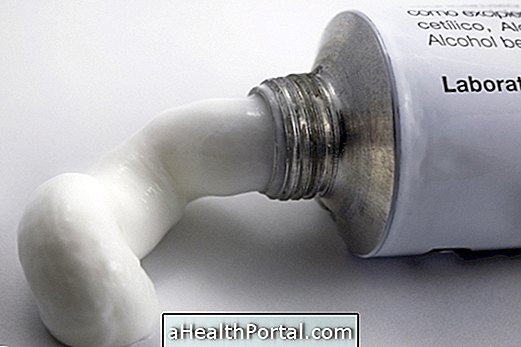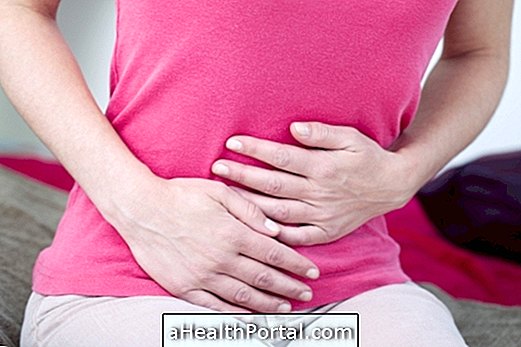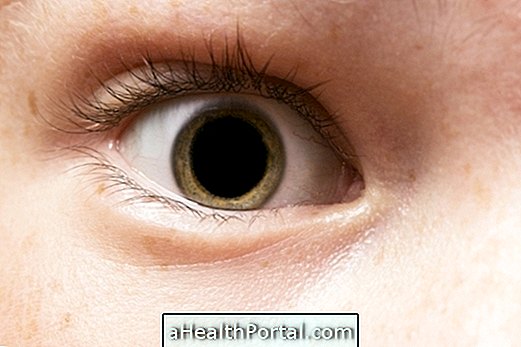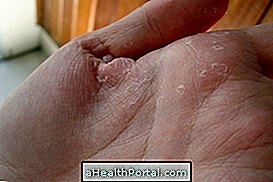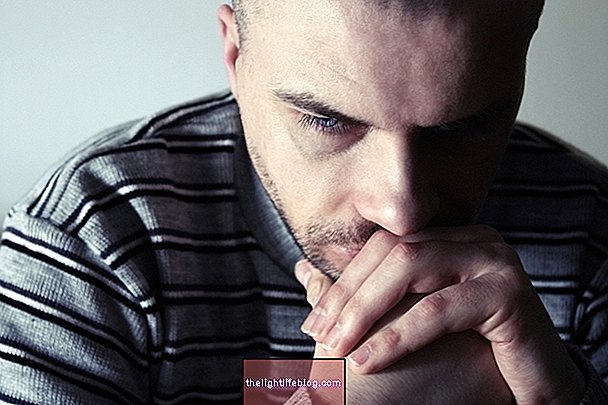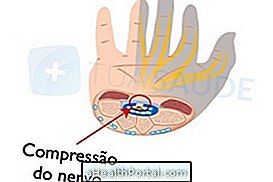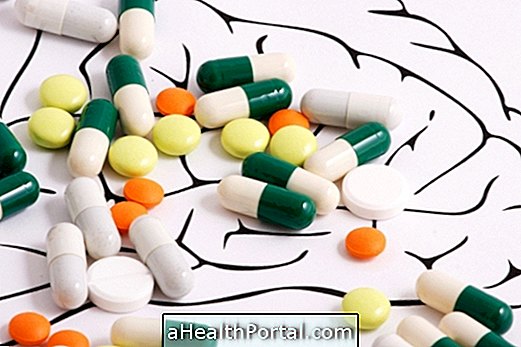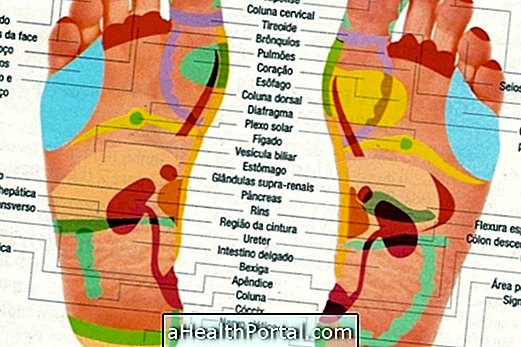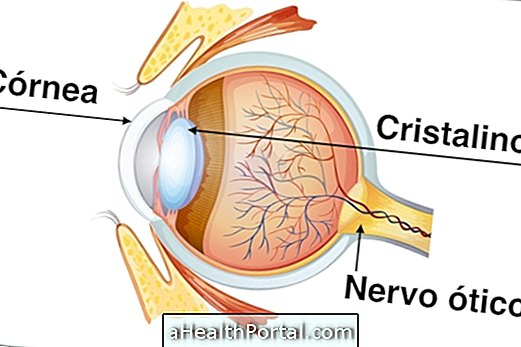Treatment for Geographic Bug is generally done through the use of ointments or antiparasitic remedies such as Thiabendazole, Albendazole or Ivermectin, for example for about 7 to 10 days. In addition, during the treatment is also advised to take other precautions, like to pass ice on the affected region daily.
The geographic bug is caused by larvae entering the skin through wounds and cuts, causing symptoms such as itching, redness, swelling and a lesion in the form of a map, surviving in the body between 5 to 6 weeks, so even without treatment, because the larvae they end up dying. But often the doctor prescribes the treatment to relieve and control the symptoms and to prevent the onset of infections.
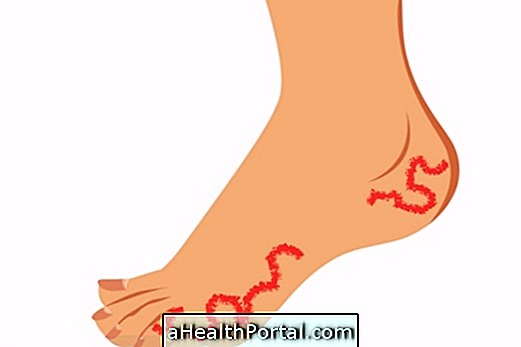
Signs of improvement or worsening
The signs of improvement of the geographic Bug manifested through the decrease of the intensity of the symptoms, occurring a decrease of the itching, the redness and the swelling in the skin. In addition, the sensation of movement beneath the skin, which is usually present, also decreases due to the death of the larvae, just as the skin lesion in the form of a map or country begins to lighten.
On the other hand, in some cases, signs of worsening may appear, where the itching and redness worsen and the lesion increases. In these cases it is important to consult the doctor so that it can indicate the best treatment for the situation.
In addition, in more severe cases infections may arise, which are usually treated with the application of a topical antibiotic, which fights and eliminates the infection.
How to get Geographic bug
The geographic beetle is present in the feces of domestic animals, such as a dog or cat, enters the body through cuts or a wound on the skin, and catches itself:
- When walking barefoot on grass, beach sand or on land;
- The children take when walking barefoot or play with the sand of the playgrounds;
- When lying in the sand of the beach without towel.
The main measure taken to avoid catching the geographic animal is to avoid contact with sand or earth, so it is very important to use protections such as slippers, shoes or towels. In addition, the sites that are usually most affected are the feet, hands, legs, arms, forearms or buttocks.

